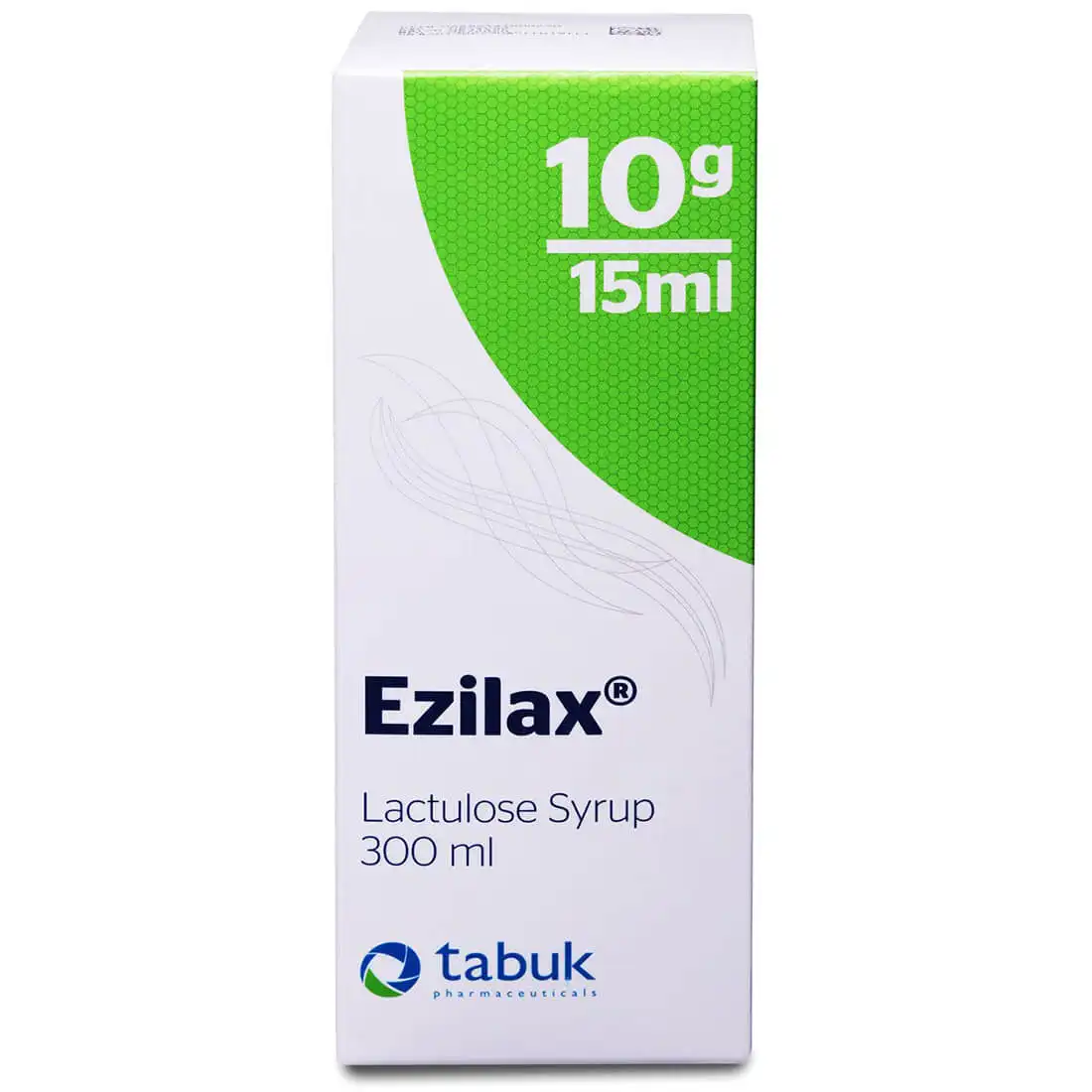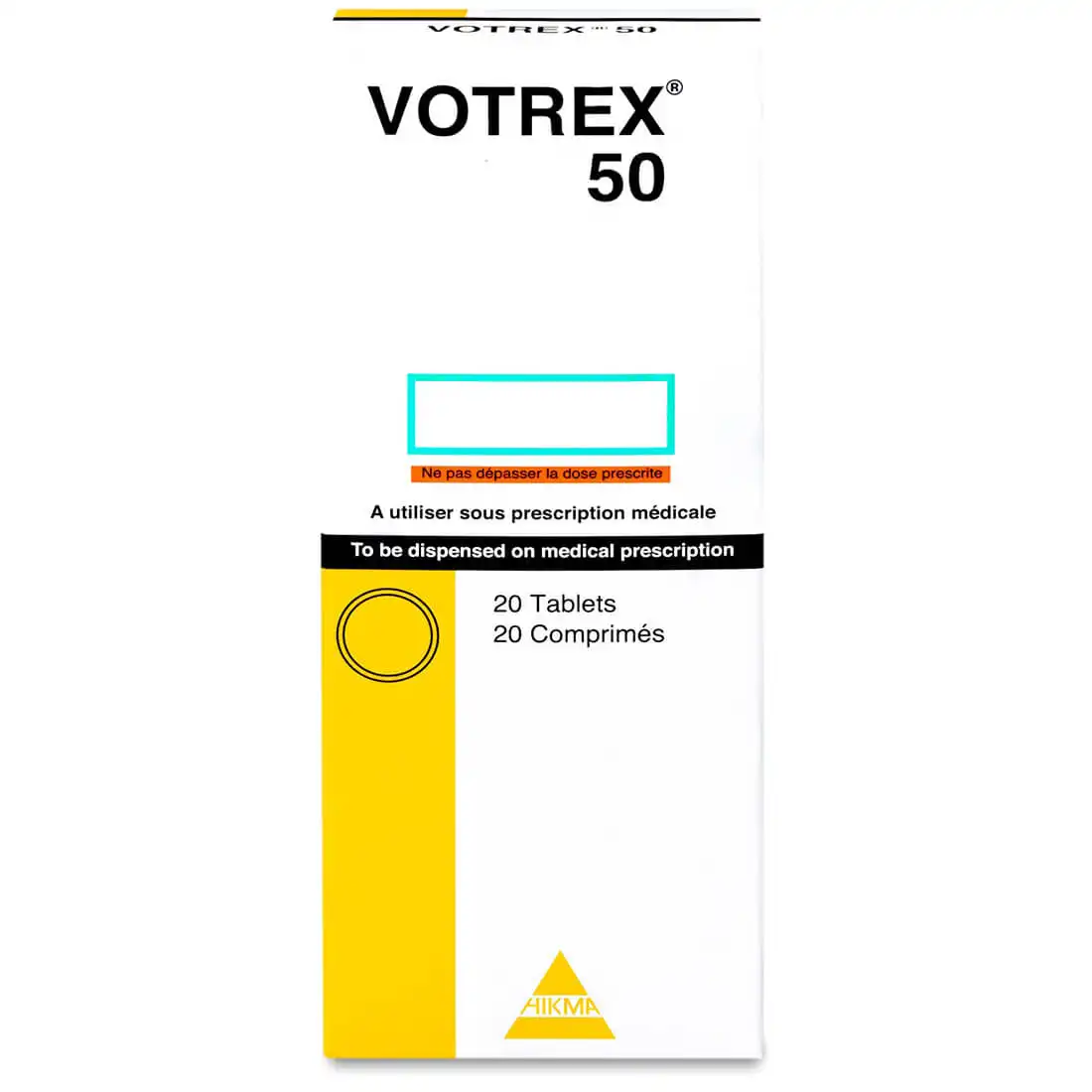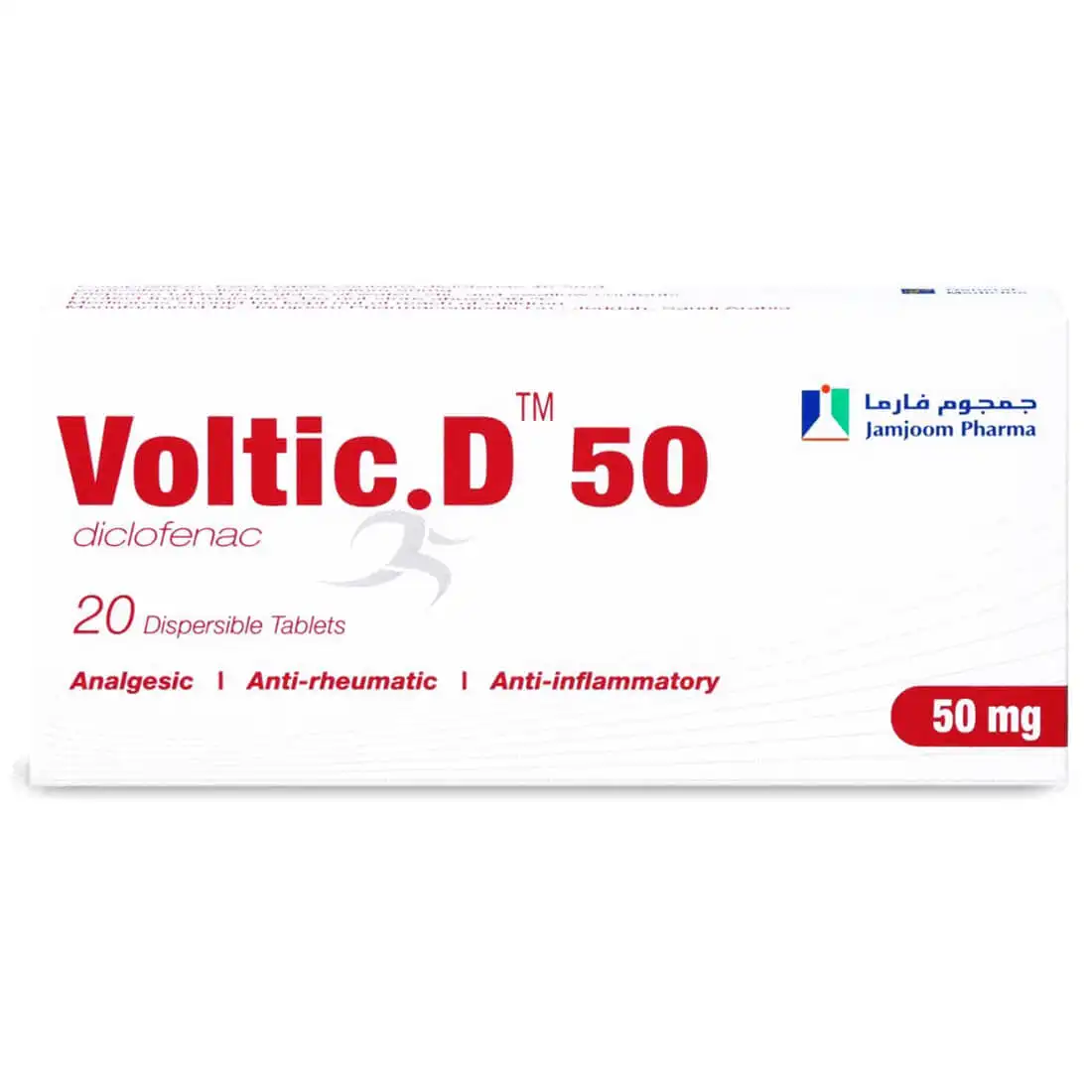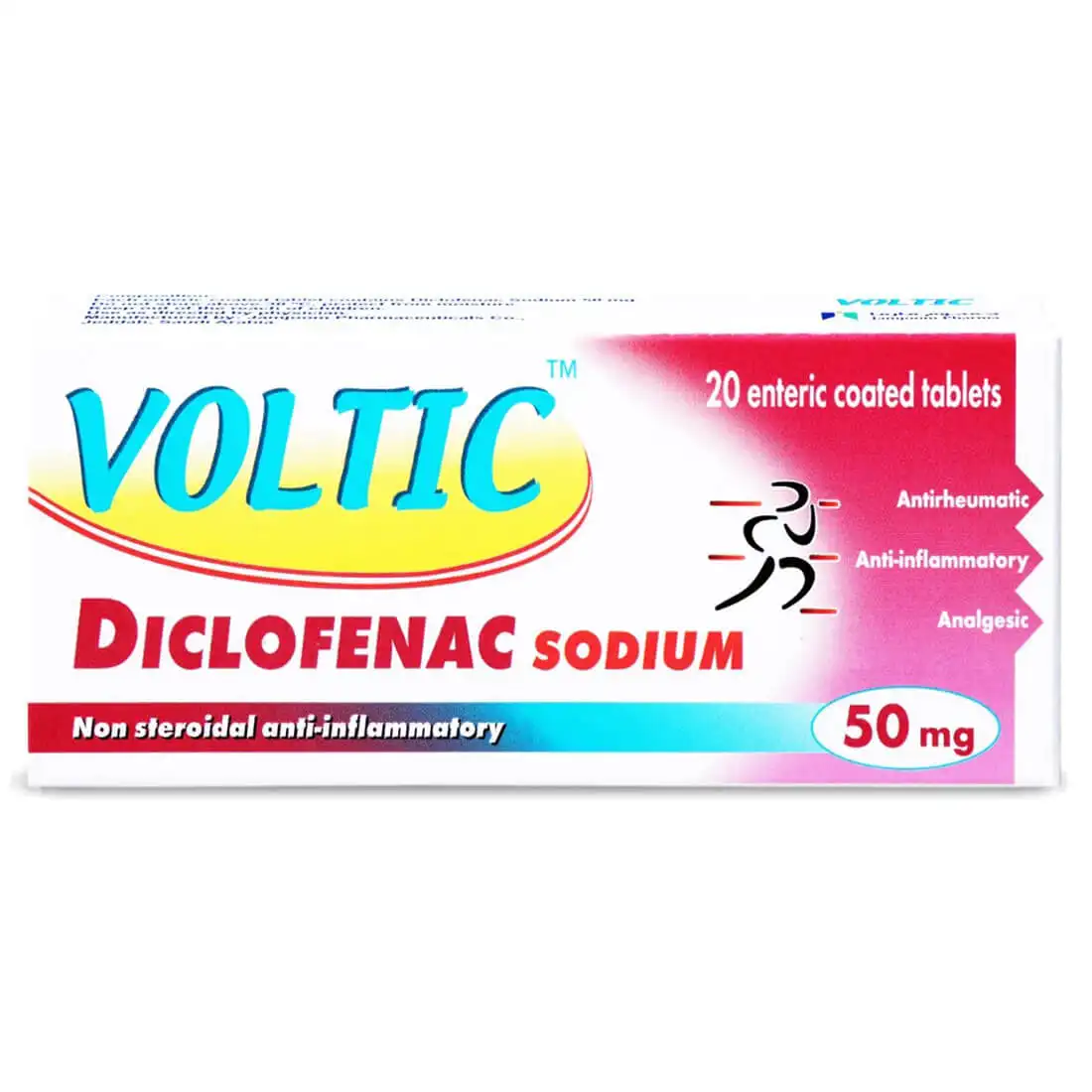| Image | Name | Price |
|---|
Verify OTP
OTP has been sent to
Verify OTP
OTP has been sent to
Cart Total
Get notified when this product is available





Product Description:
What is Lactulose used for:Lactulose is laxative that is
used to help relieve constipation by making your stools softer and
easier to pass. It works by drawing water into the intestines. It is
also used for hepatic encephalopathy (a decline in brain function that
occurs as a result of severe liver disease) by decreasing the amount of
ammonia in the blood.
Do not take Lactulose
•If
you are allergic to Lactulose or any of the ingredients in this
medicine. Tell your doctor about the allergy and what signs you had.
•If you have galactosaemia (inability to digest galactose).
•If you suffer from an obstruction in your bowel.
•If you suffer from a perforation in your bowel.
•If you are unconscious or physically weak.
•If you have problems with your swallowing reflex.
•If you are dehydrated.
Warnings and Precautions•Talk
to your doctor or pharmacist if you develop allergic reactions such as
shortness of breath, skin rash, swelling of the face or neck, decreased
blood pressure and dizziness.
•Talk
to your doctor or pharmacist if you suffer from unexplained abdominal
pain, if you have diabetes (high blood glucose levels) and if you have
lactose intolerance (inability to digest lactose normally).
•Make
sure to drink a lot of fluids (around 2 liters of water per day) during
your intake of this medication. Contact your doctor if you do not feel
relieved within several days of using the medication.
•You
may need higher doses if you are taking this medication for hepatic
encephalopathy (a decline in brain function that occurs as a result of
severe liver disease). Therefore, your blood glucose levels may increase
as a result of higher sugar amount being absorbed into the blood. Make
sure to tell your doctor if you have diabetes and liver problems in
order to adjust the doses of your diabetes medications.
•Do not use the medication for longer than needed to prevent dehydration and electrolytes imbalances.
•Administration
of the medication should be decreased if you are experiencing abdominal
pain, vomiting, nausea, abdominal distention.
•Do not give medication for patients less than 14 years of age without consulting the doctor for prescription first.
Possible side effects of lactulose:Possible
side effects of lactulose include allergic reactions, flatulence
(usually resolves after a few days), nausea, abdominal pain, diarrhea
and vomiting.
Other medicines and Lactulose
Tell your doctor or pharmacist if you are taking, have recently taken or might take any other medications.
•Avoid
taking other oral medications within several hours before, during or
after intake of lactulose in order to prevent wash out of the
medication.
•Avoid taking other laxatives at the same time to prevent excessive gastrointestinal side effects.
How to take Lactulose:Dosage in stool softening and constipation:
Adults and adolescents:
Recommended starting dose is 15 – 45 ml (10 – 30 g) followed by a maintenance dose of 15 – 30 ml (10 – 20 g).
Children (7 – 14 years old):
Recommended starting dose is 15 ml (10 g) followed by a maintenance dose of 10 – 15 ml (7 – 10 g).
Children (1 – 6 years old):
Recommended starting and maintenance dose is 5 – 10 ml (3 – 7 g).
Infants under 1 year of age:
Recommended starting and maintenance dose is up to 5 ml (up to 3 g).
Dosage in hepatic encephalopathy (adults):
The
recommended initial dose is 30 – 45 ml orally three to four times daily
followed by a maintenance dose that is adjusted depending on your
response until you start producing 2 – 3 stools daily.
•Dose may be taken as a single daily dose or may be divided into two daily doses.
•You can use measuring cup provided with the bottle to measure your dose.
•It may take few days for the medication to start giving effect. Maintenance dose is specified based on your response.
•You may take the medication without regard to meals.
How to store Lactulose:
•Do not store above 25°C. Do not refrigerate or freeze.
•Do not use beyond the expiry date mentioned on the bottle
•Expiry date is the same after opening the bottle
•Keep medication in its original pack to protect it from moisture
•Do not dispose medication in the wastewater or household waste
















